The starting price for the Audi Q7 SUV has come down to £47,755 with the release of a new, lower-powered diesel engine.
The new Q7, which offers seven seats as standard in the UK, is now available with a choice of two 3.0-litre V6 diesels. The new addition to the range comes with 215bhp and 369lb ft of torque, while promising CO2 emissions as low as 148g/km and combined fuel economy of 49.6mpg. It is capable of 0-62mph in a claimed 7.3sec and has a 134mph top speed.
The higher-powered 3.0 TDI provides 268bhp and 442lb ft of torque and has a claimed 0-62mph time of 6.5sec and a 145mph top speed, along with combined fuel economy of 47.9mpg and CO2 emissions of 153g/km.
Both versions of the car are available to order, with the new engine due for first deliveries in October.
The German car maker says the big seven-seat SUV has shed a significant 240kg over its equivalent predecessor, while the five-seat version has dropped 325kg.
The enormous drop in kerb weight is credited to a detailed weight reduction program that has cut 100kg from the Q7’s suspension and 71kg from the body – some 24kg of which has been achieved through the adoption of aluminium doors alone.
Further reductions in weight have also been made possible by a new electric architecture and refinements to the floorplan, which now uses a greater amount of hot-formed high-strength steel and aluminium.
Ingolstadt’s flagship SUV features an evolutionary appearance, with a bold new single-frame grille similar in design to that recently brought to the facelifted Q3, more heavily defined wheel arches, tauter surfacing treatment, a more prominent shoulder and numerous crease lines within the flanks to help reduce its visual bulk.
A series of newly adopted aerodynamic refinements, including the extensive use of underbody cladding and, on selected models, elements within the grille that automatically close to reduce wind turbulence when engine bay cooling is not required, has netted the new Q7 a drag coefficient of 0.32.
At 5050mm in length, 1970mm in width and 1740mm in height, the new Audi is 370mm shorter and 15mm narrower than its predecessor when underpinned by its standard steel-sprung suspension. The wheelbase has also been reduced, but by only 10mm at 2990mm.
Despite the reduction in external dimensions, Audi says the interior of the new Q7 offers greater accommodation than the model it replaces. While continuing to offer seating for up to seven occupants, the interior has been significantly altered.

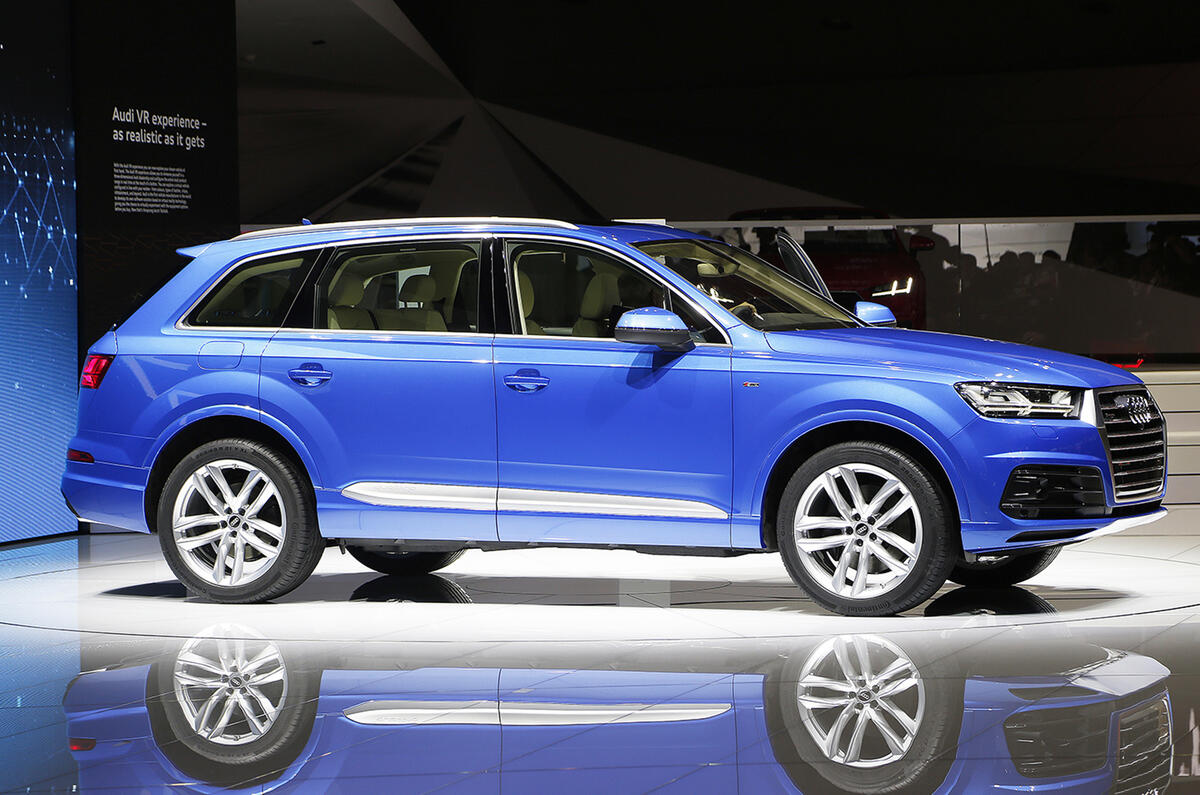
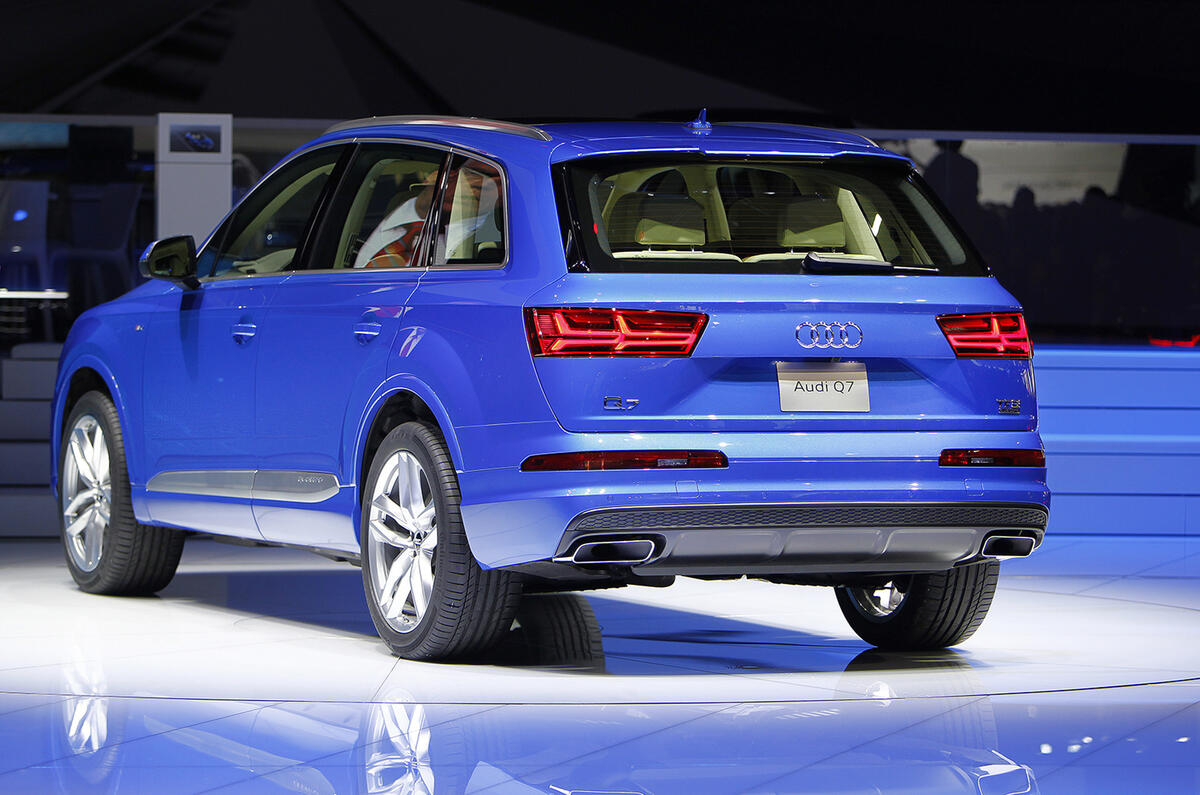
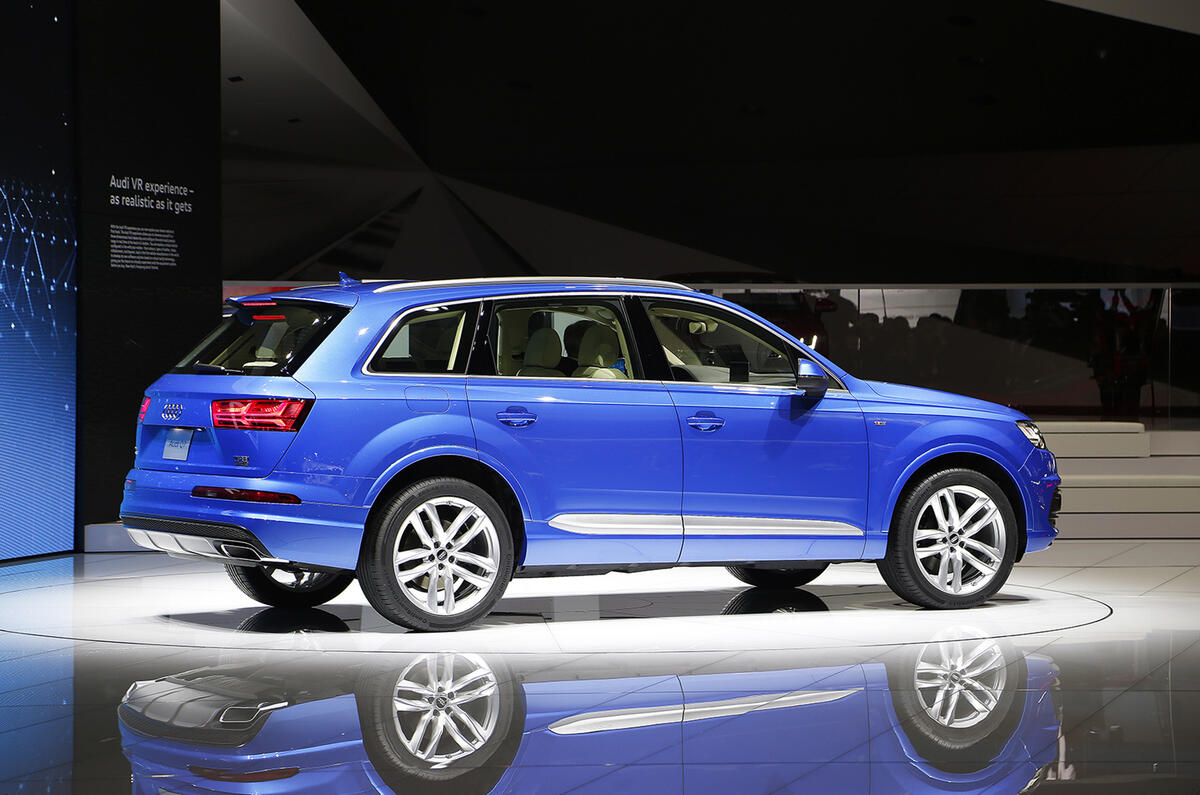

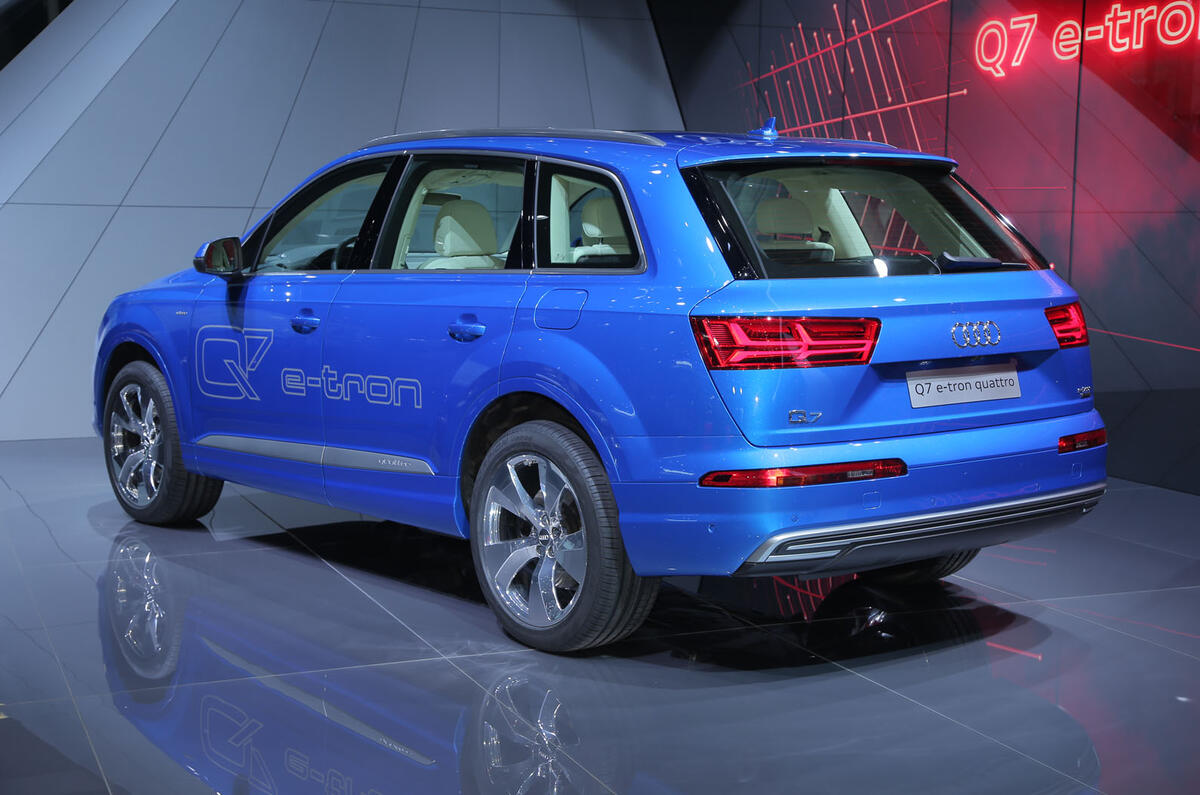
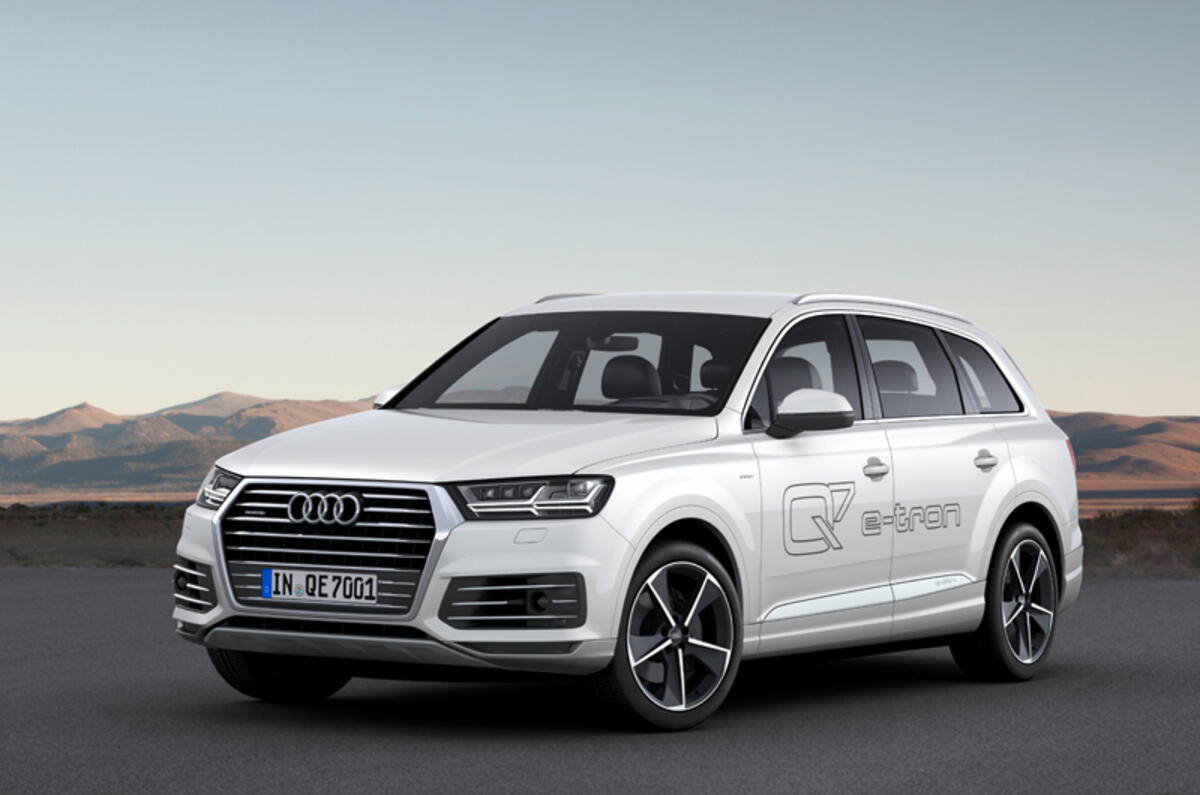
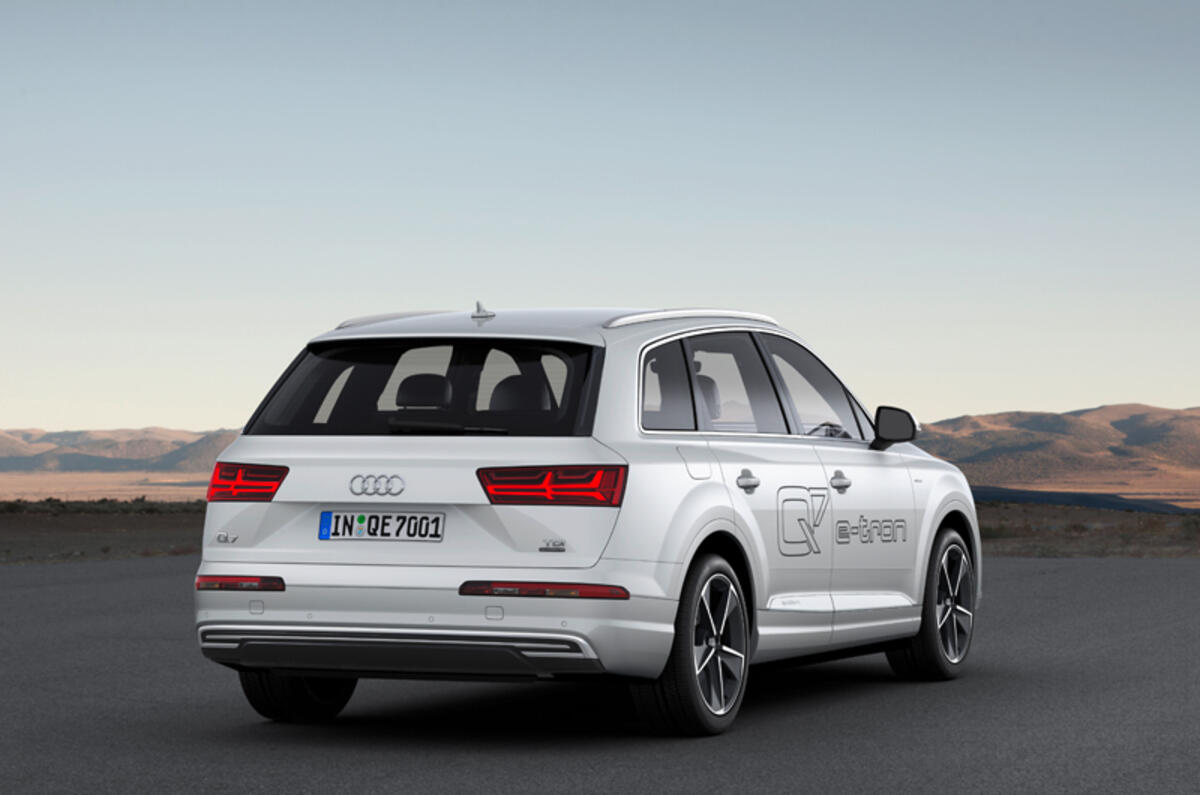
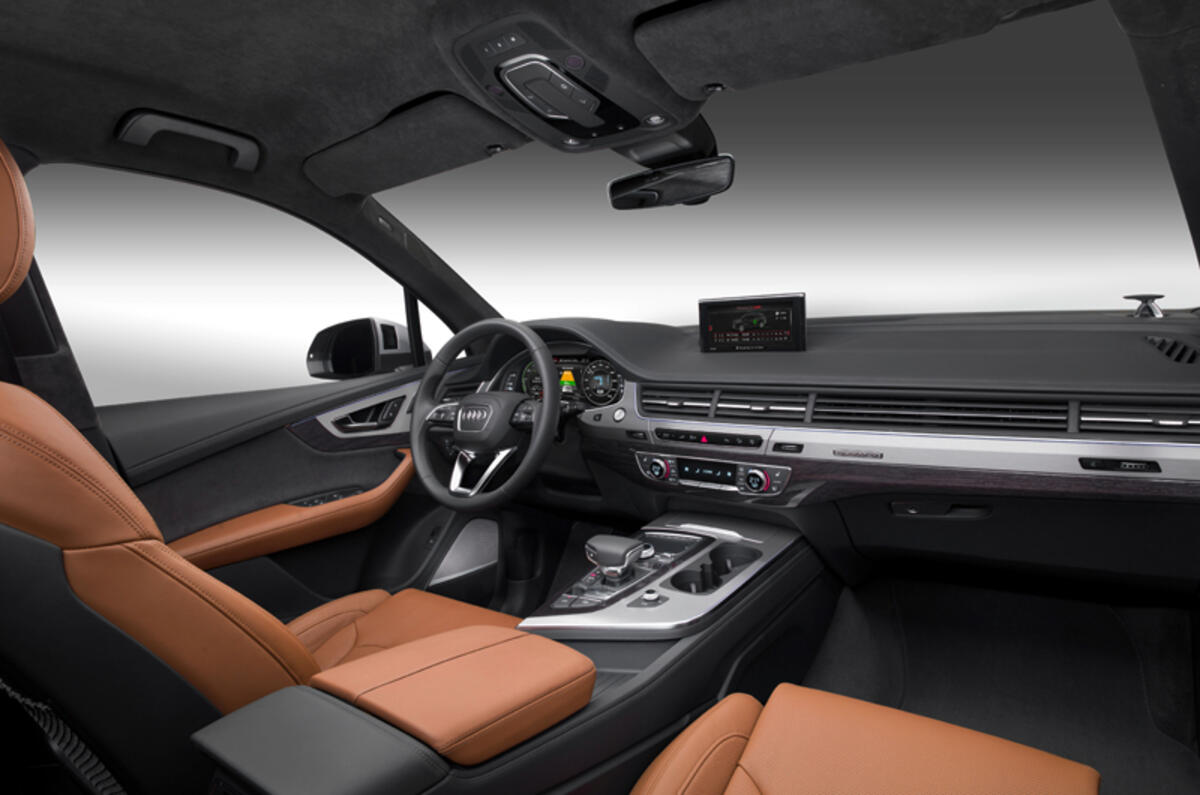
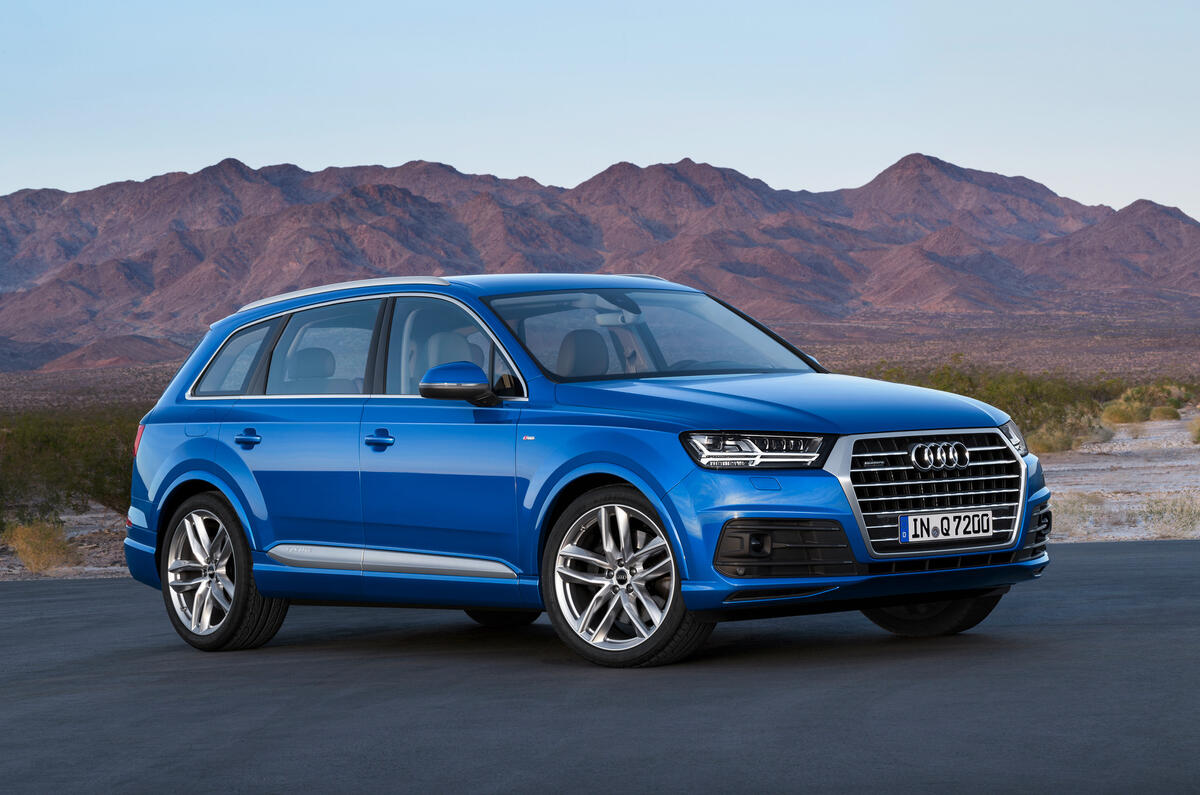
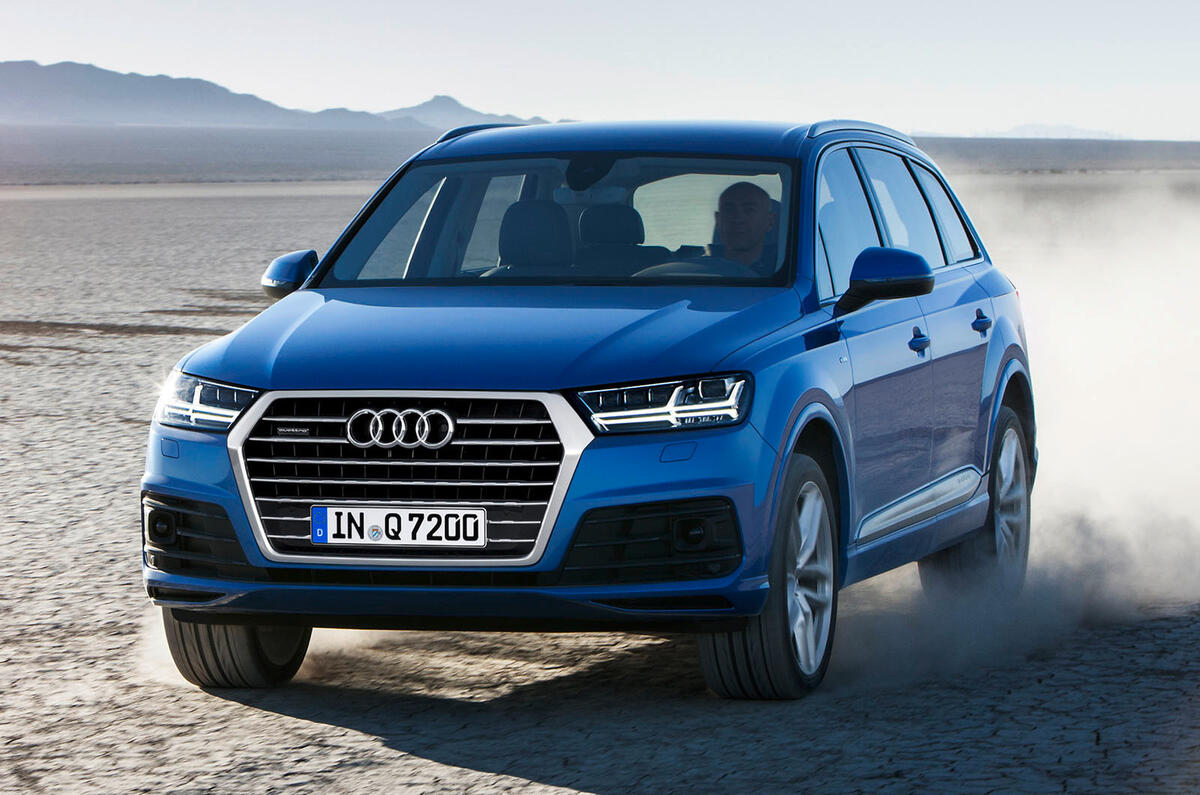
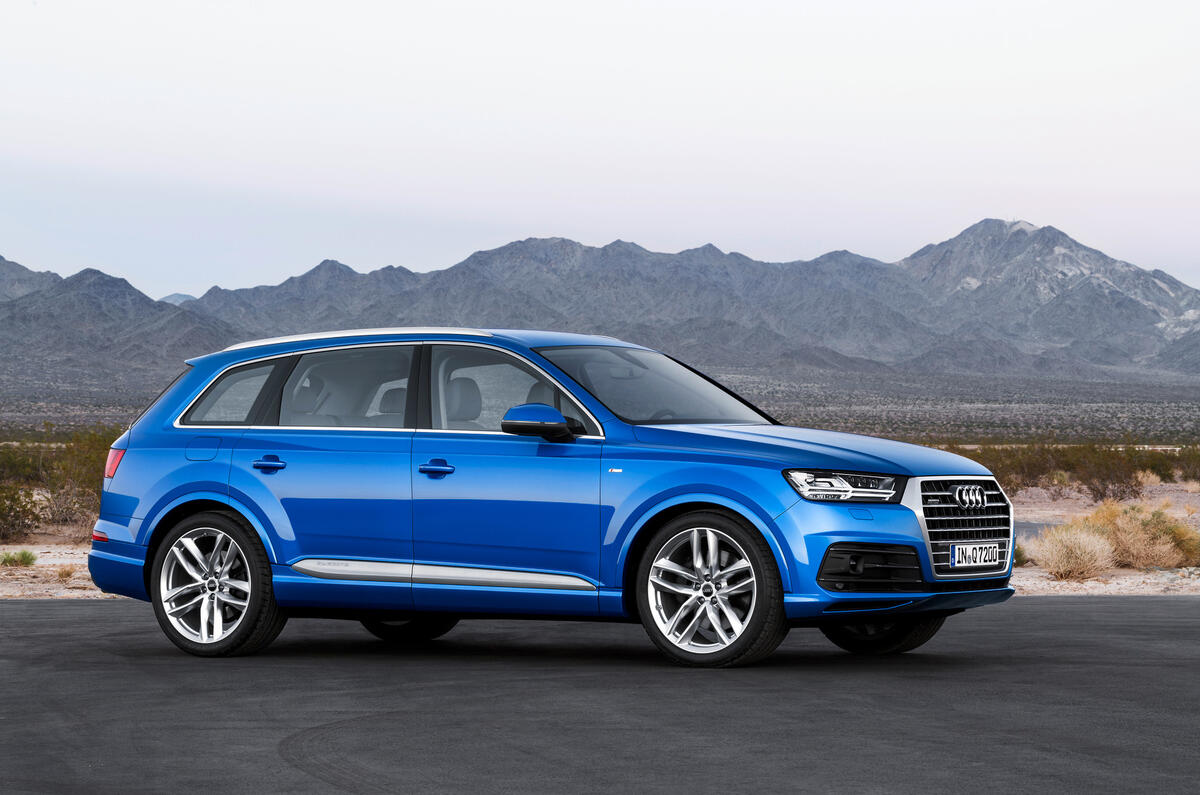
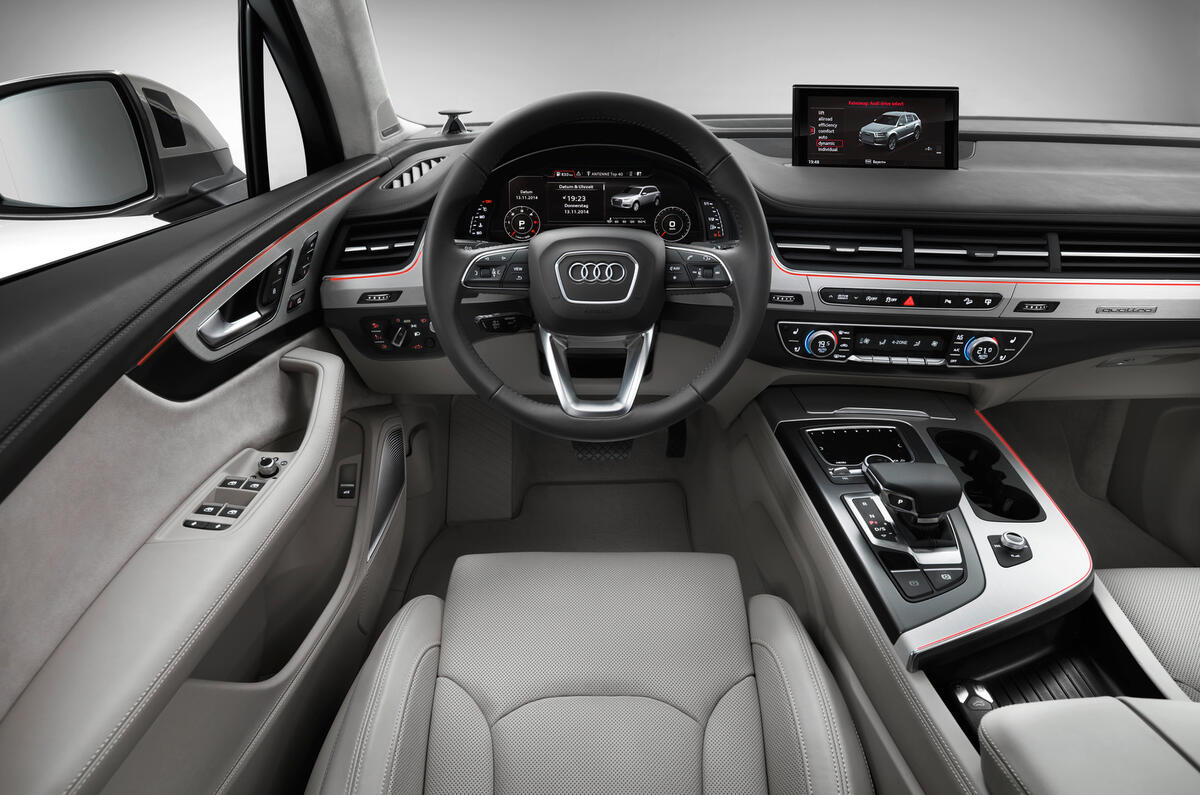

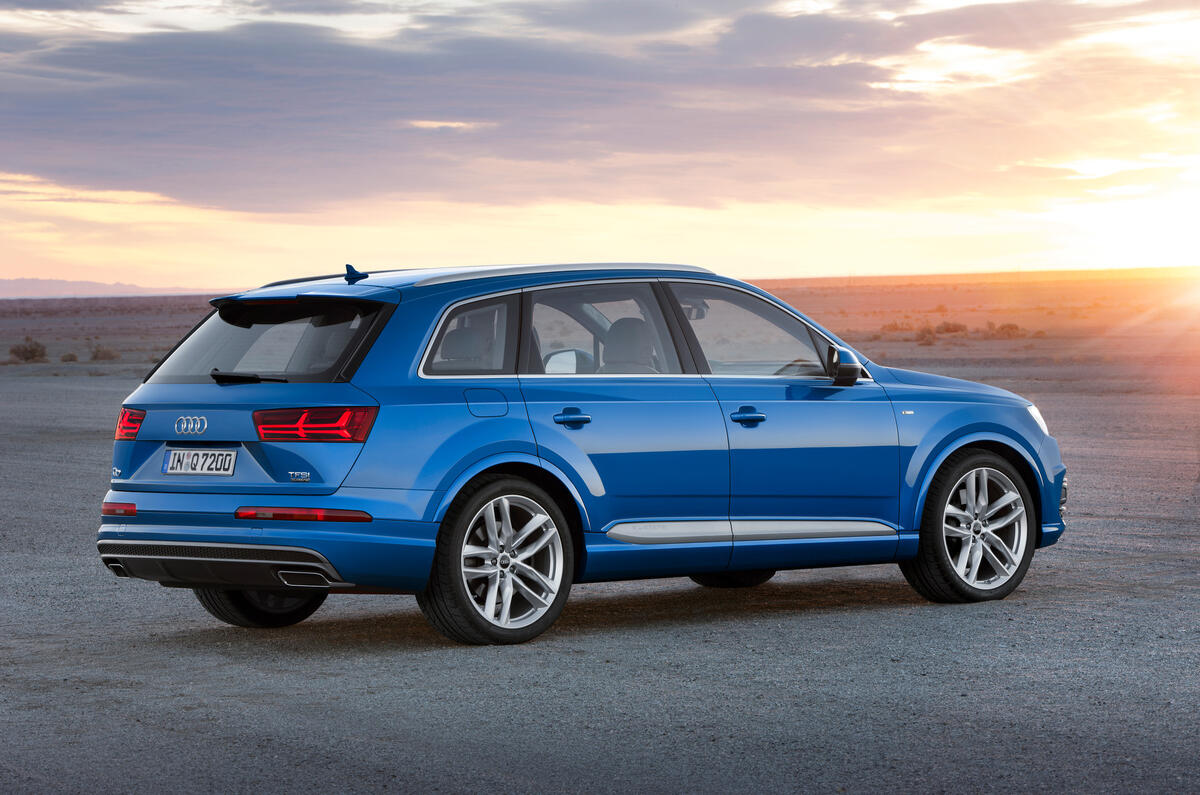
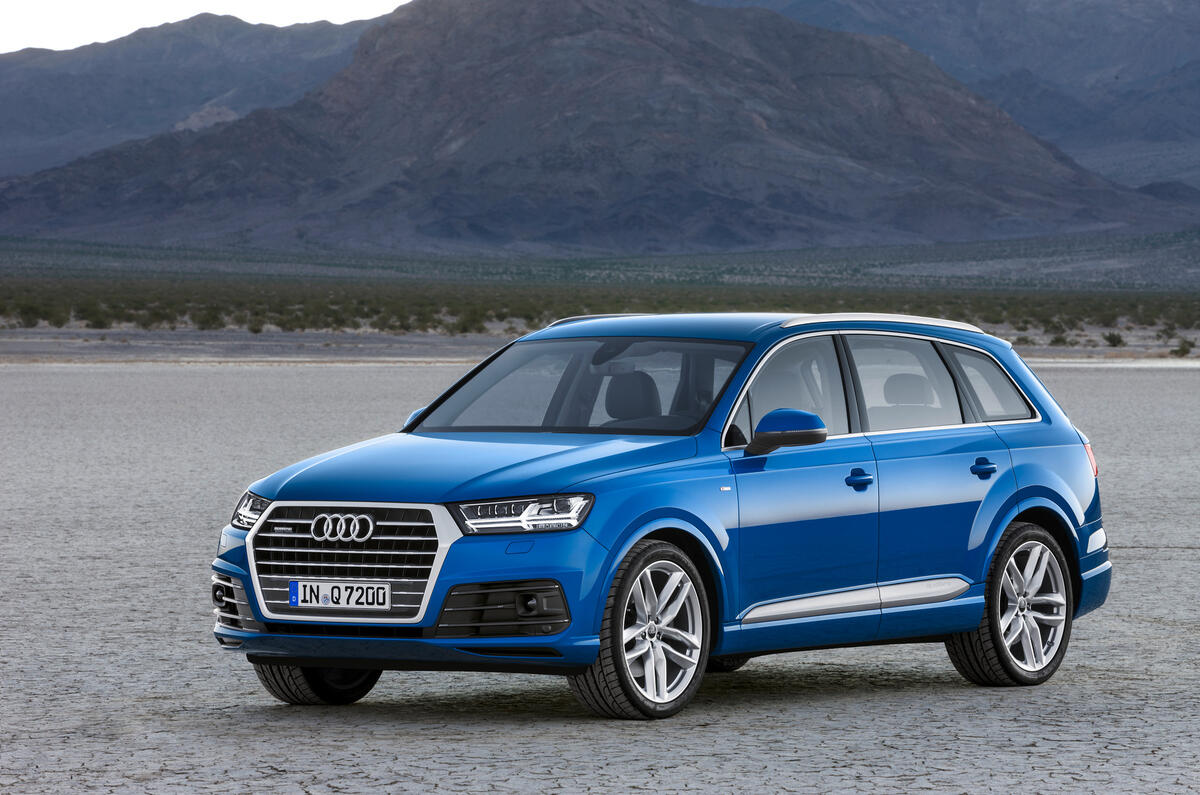
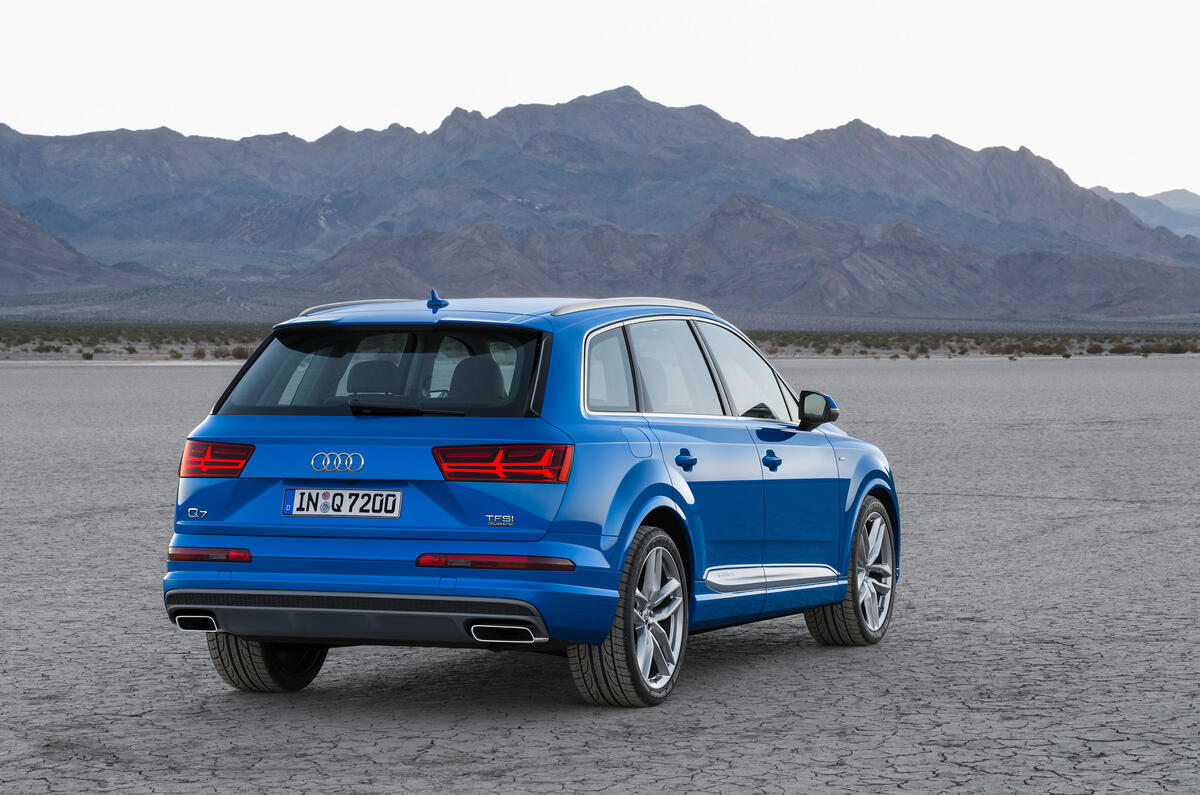
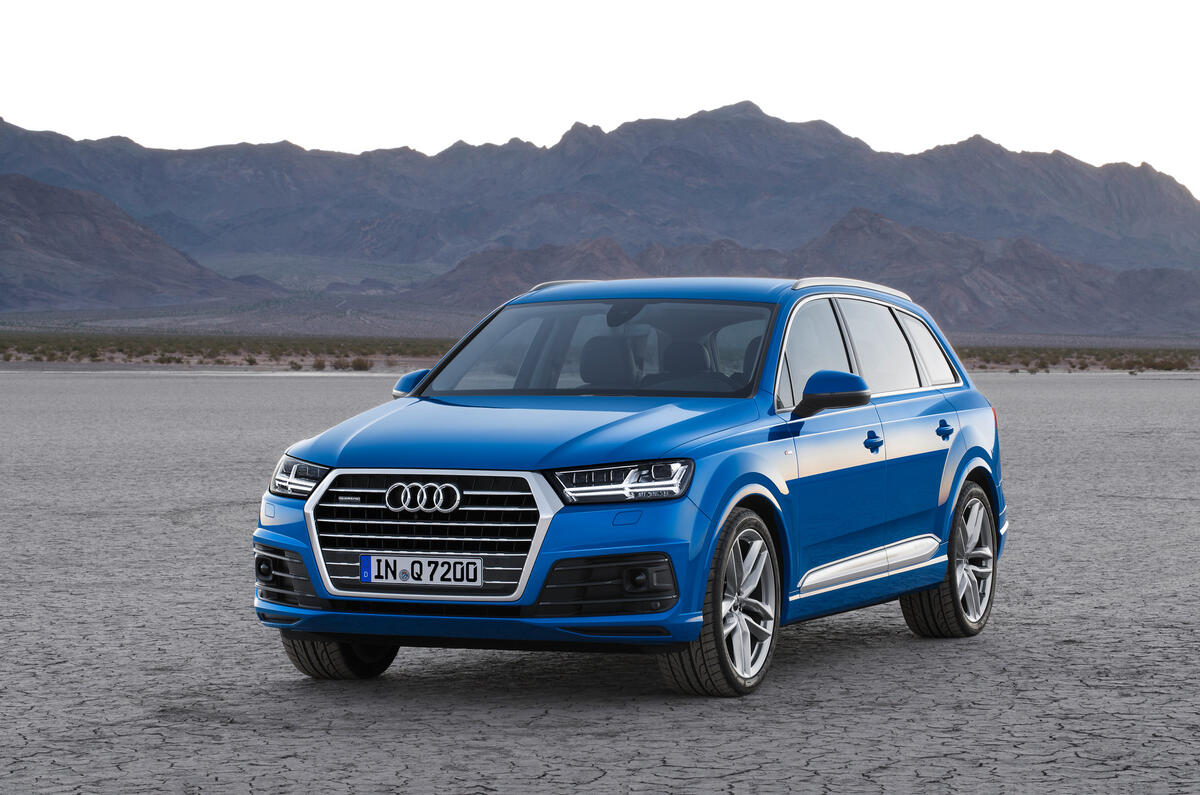
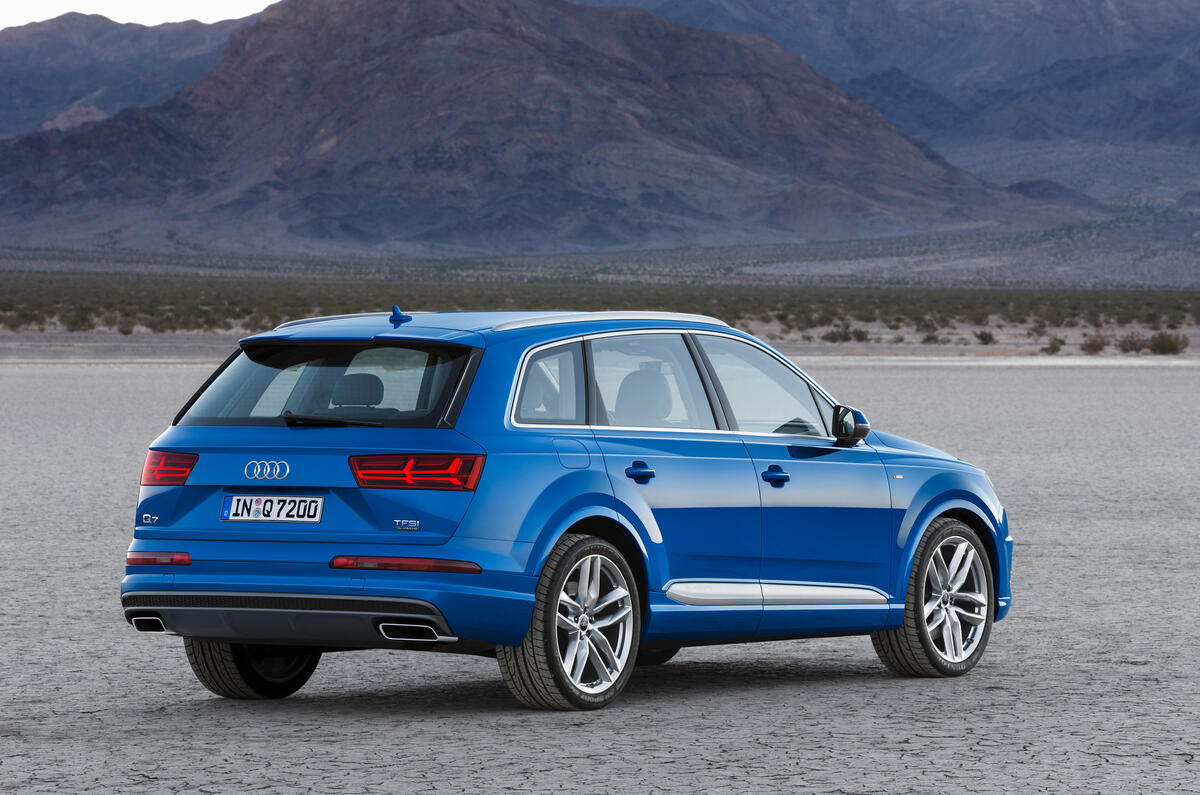
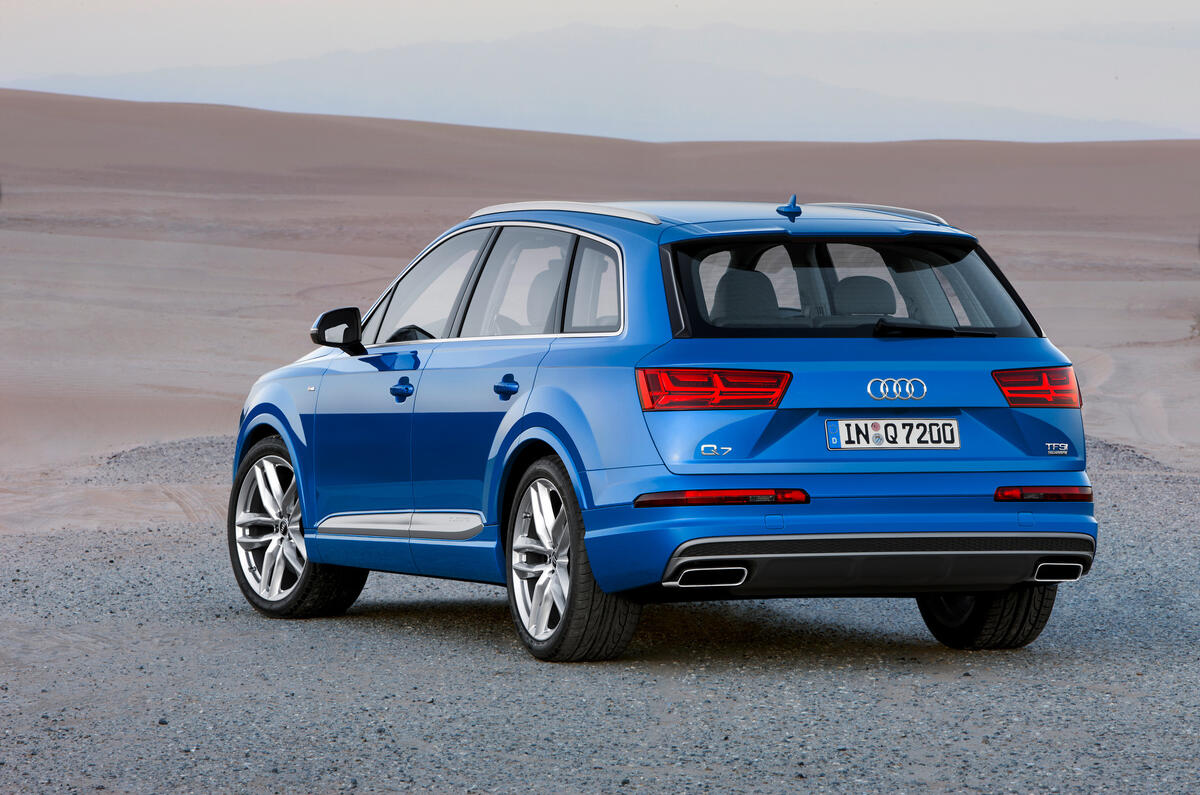
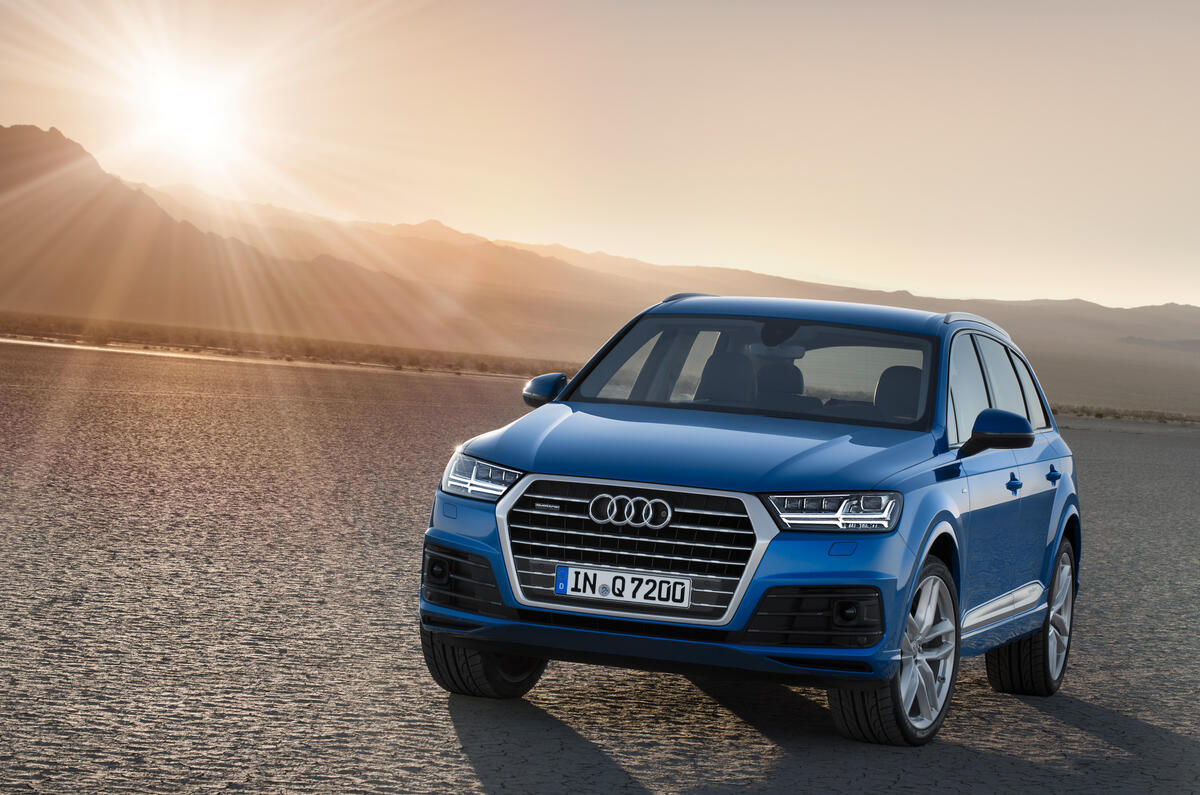
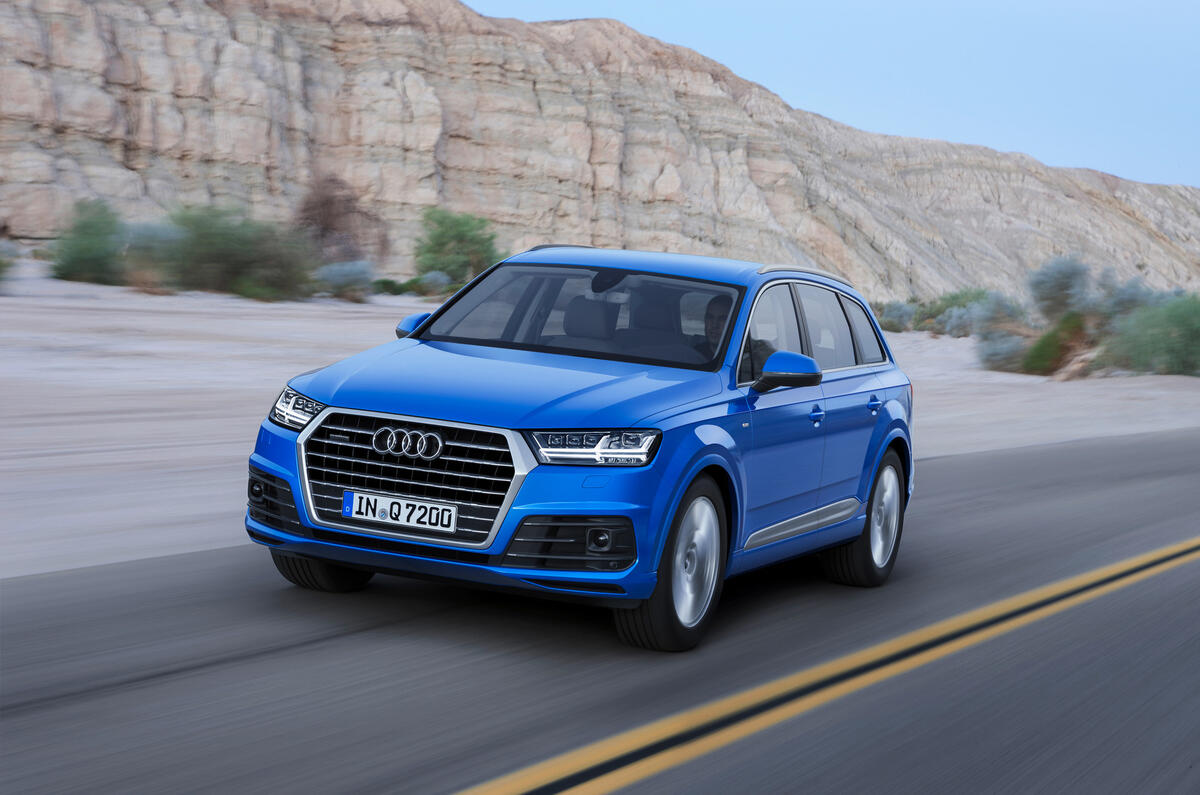
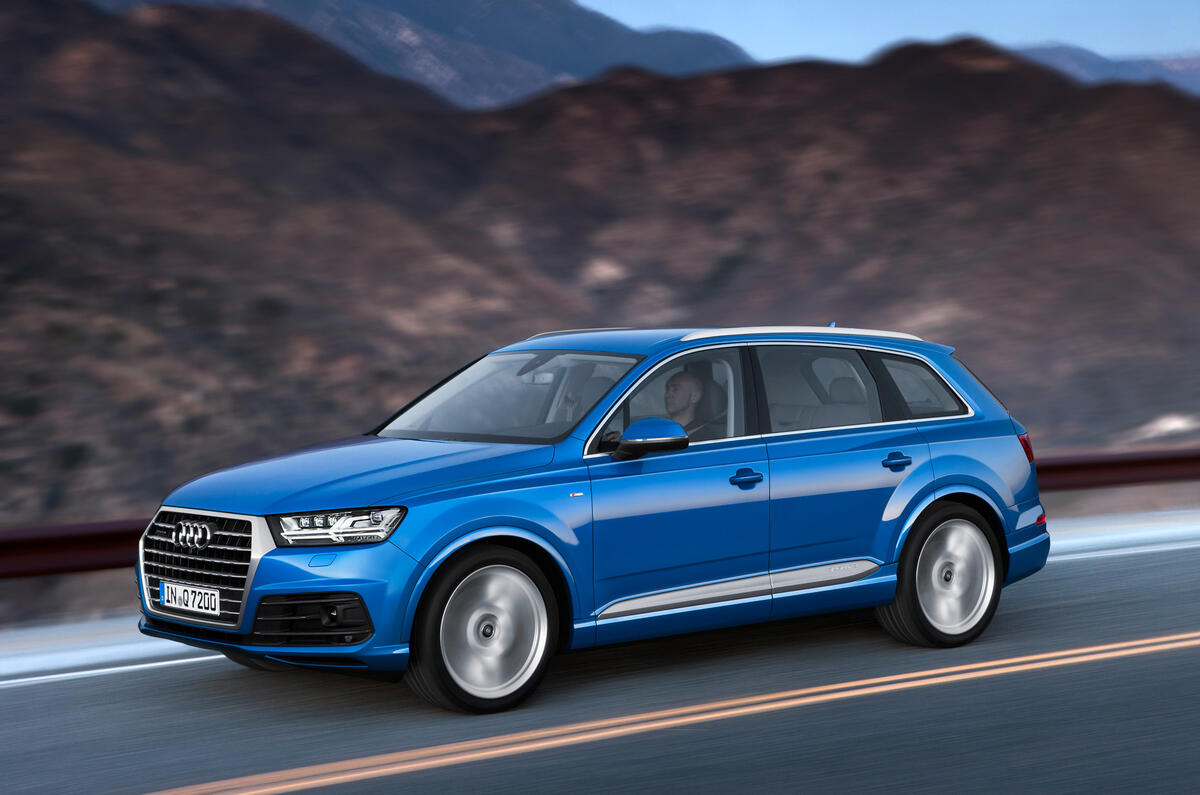
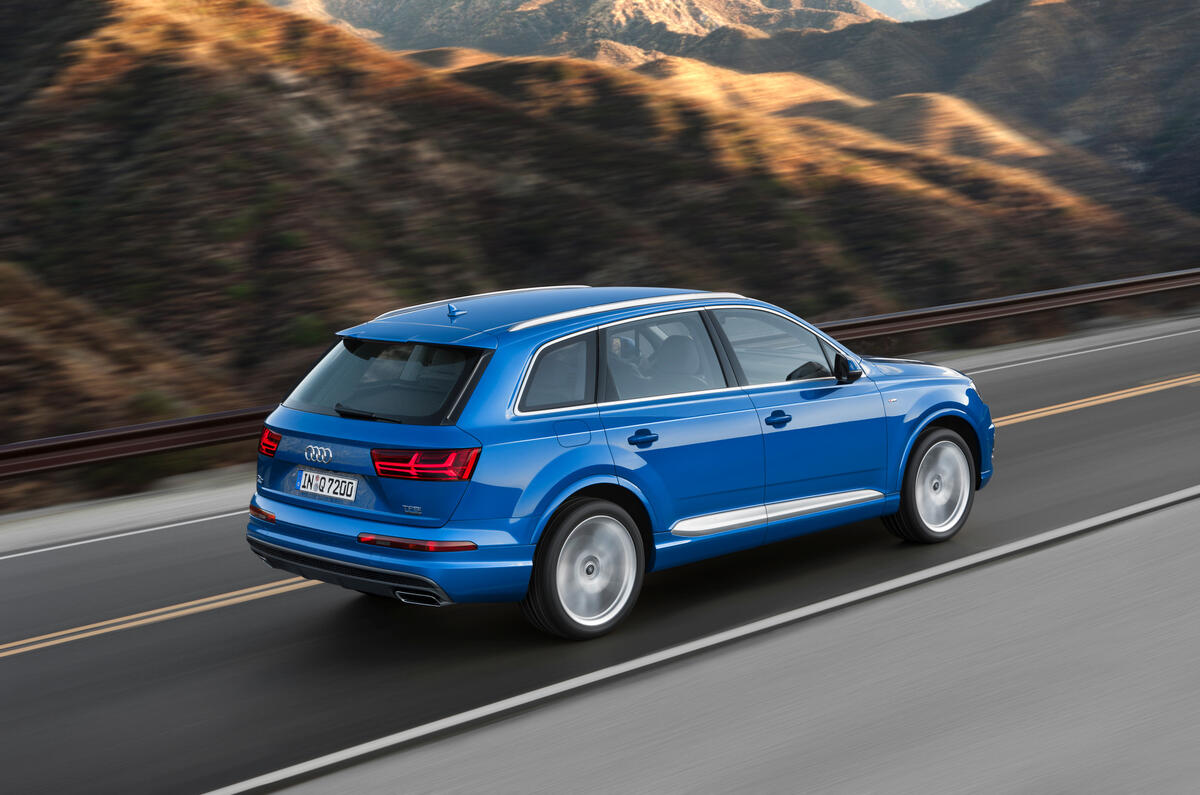
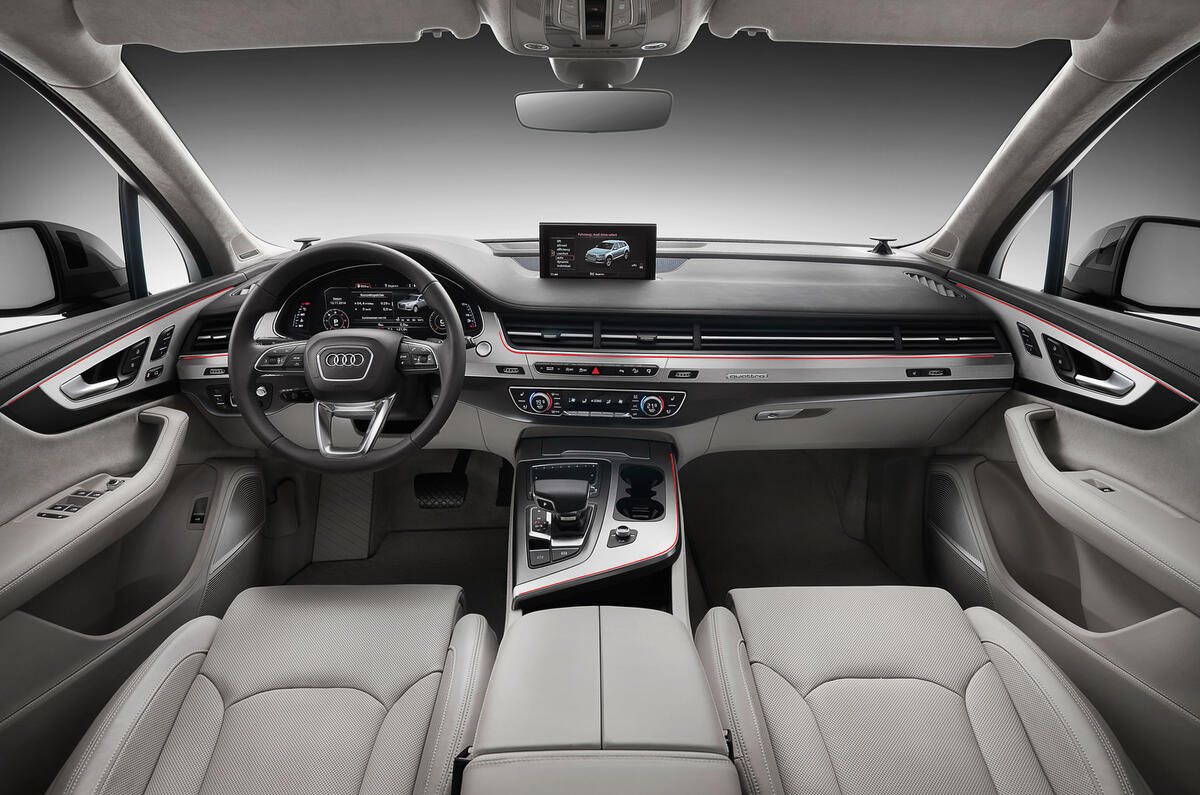
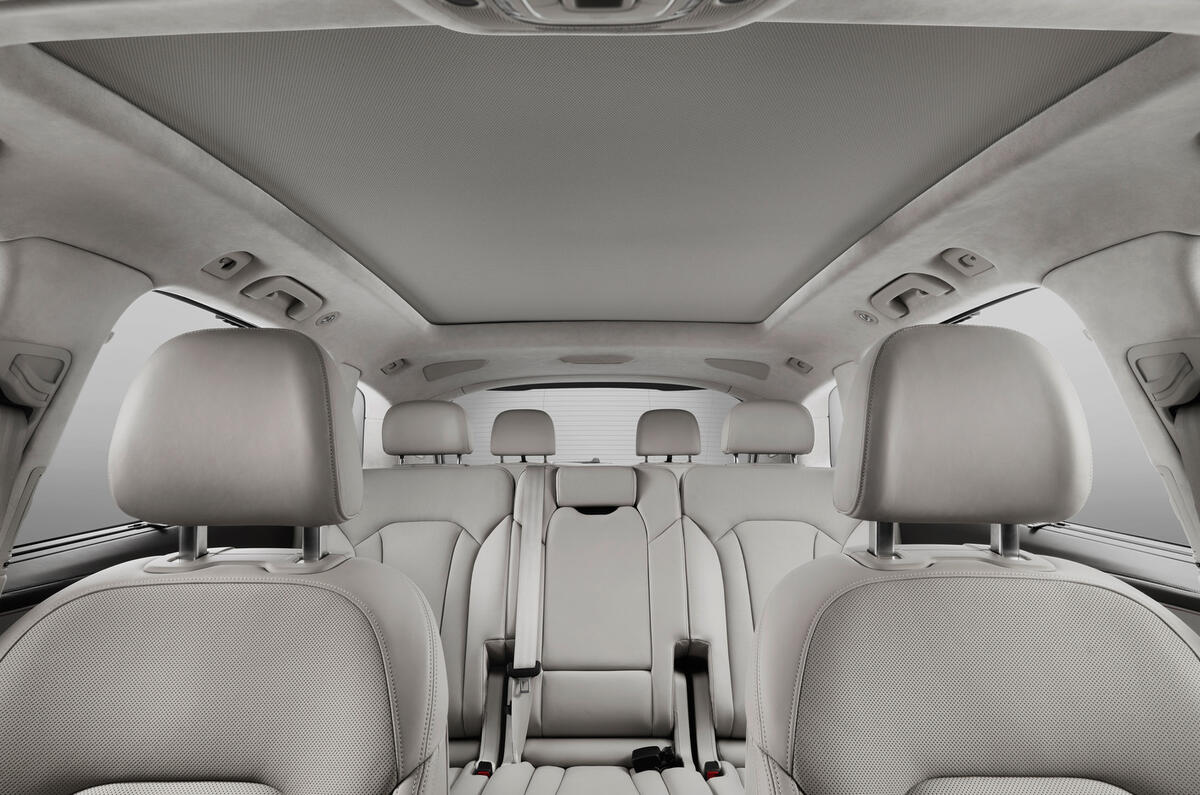
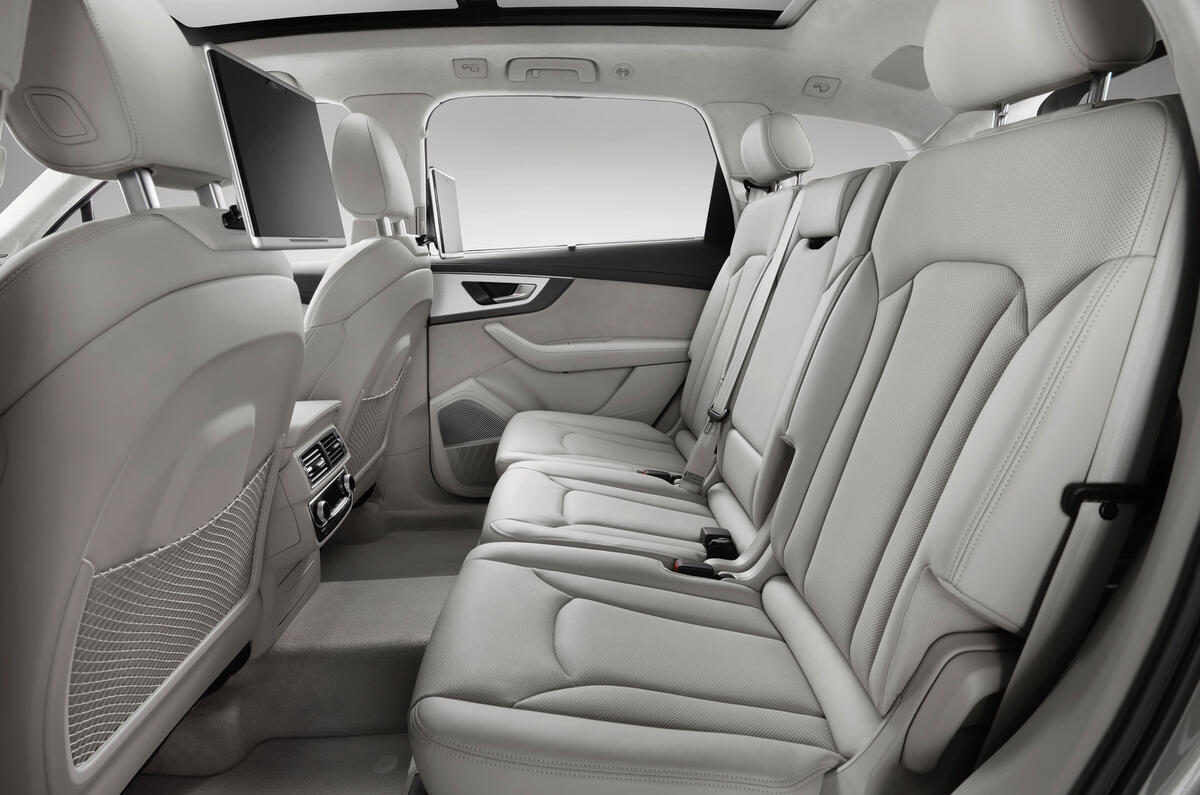
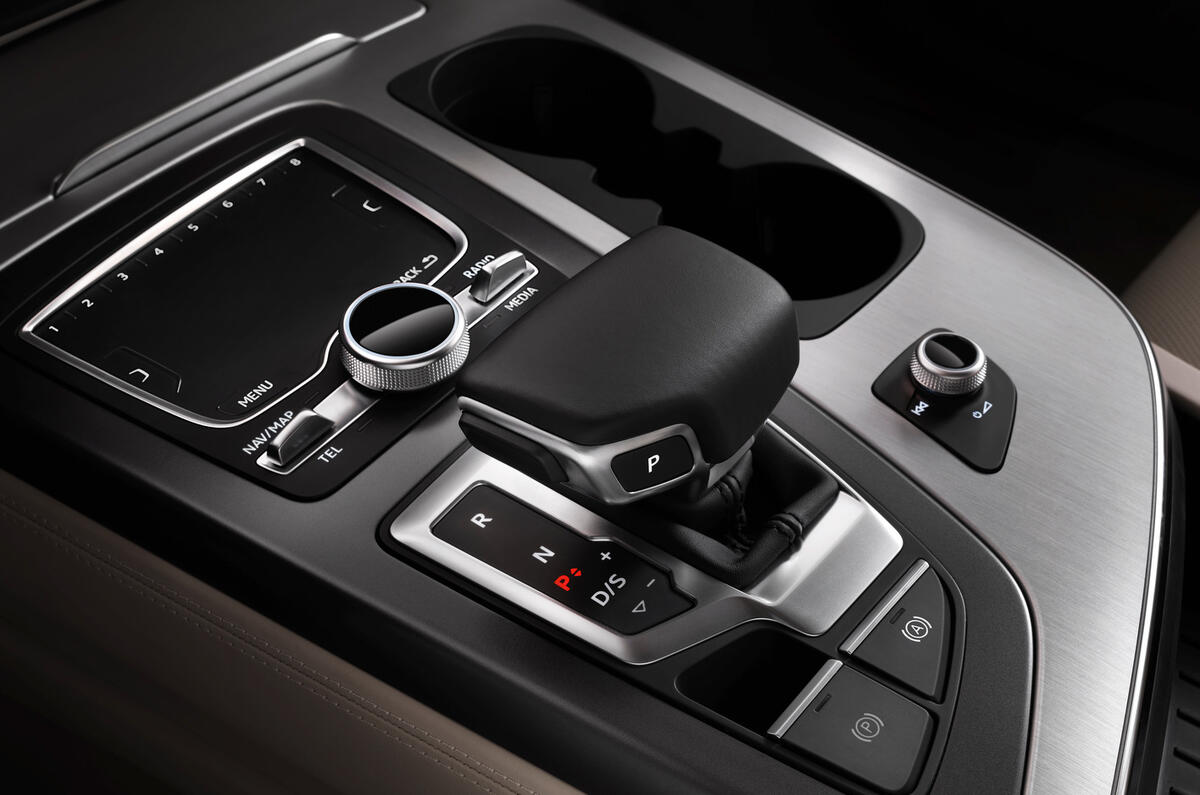
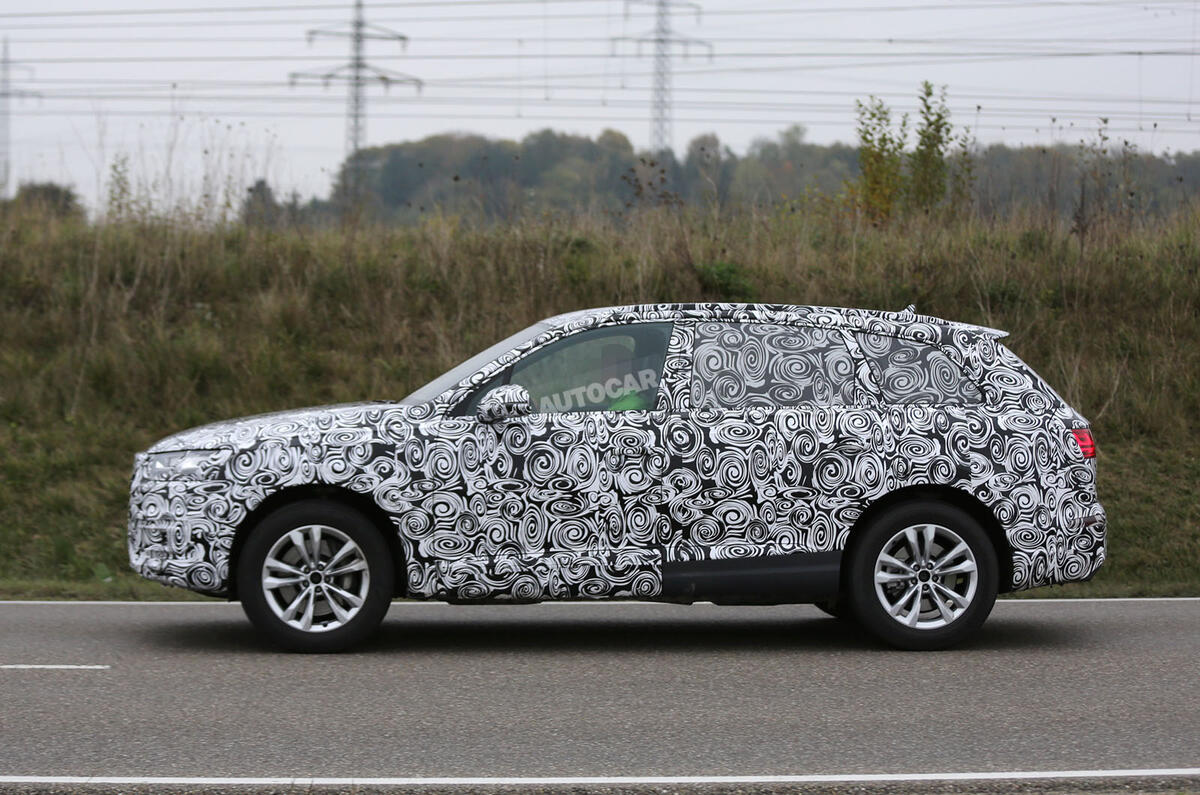

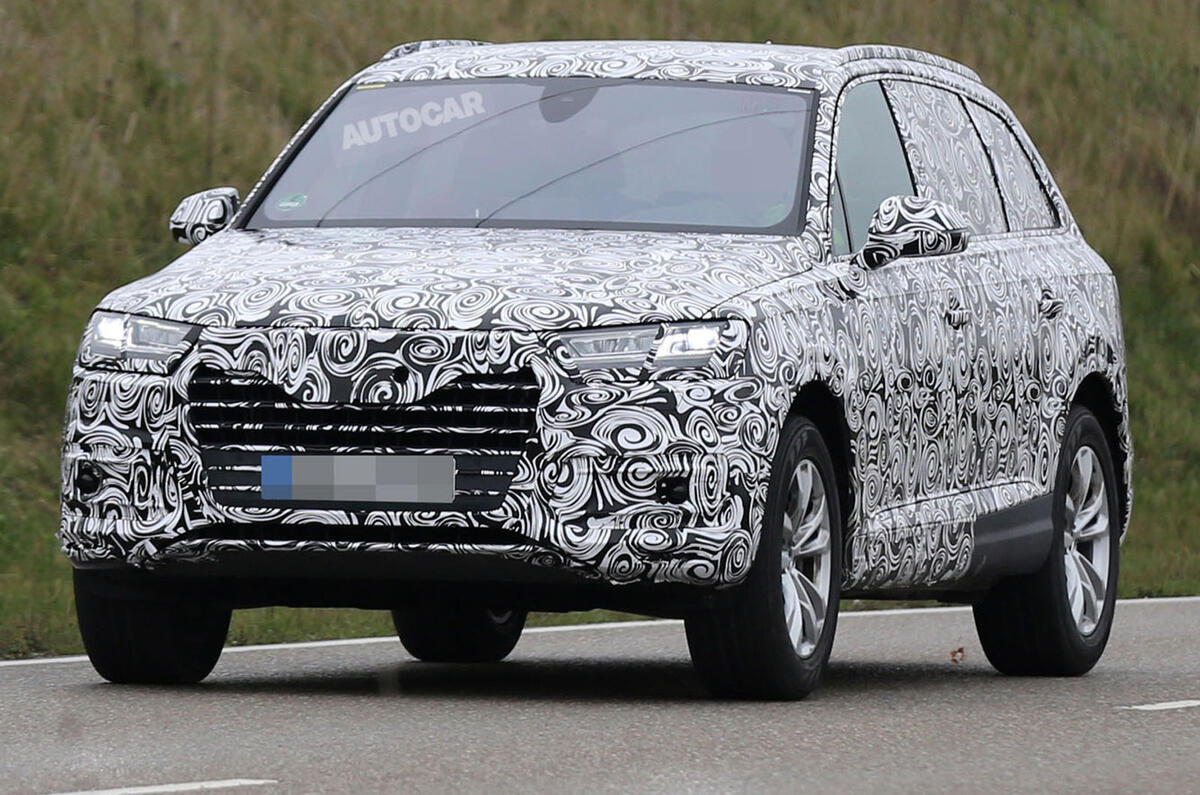
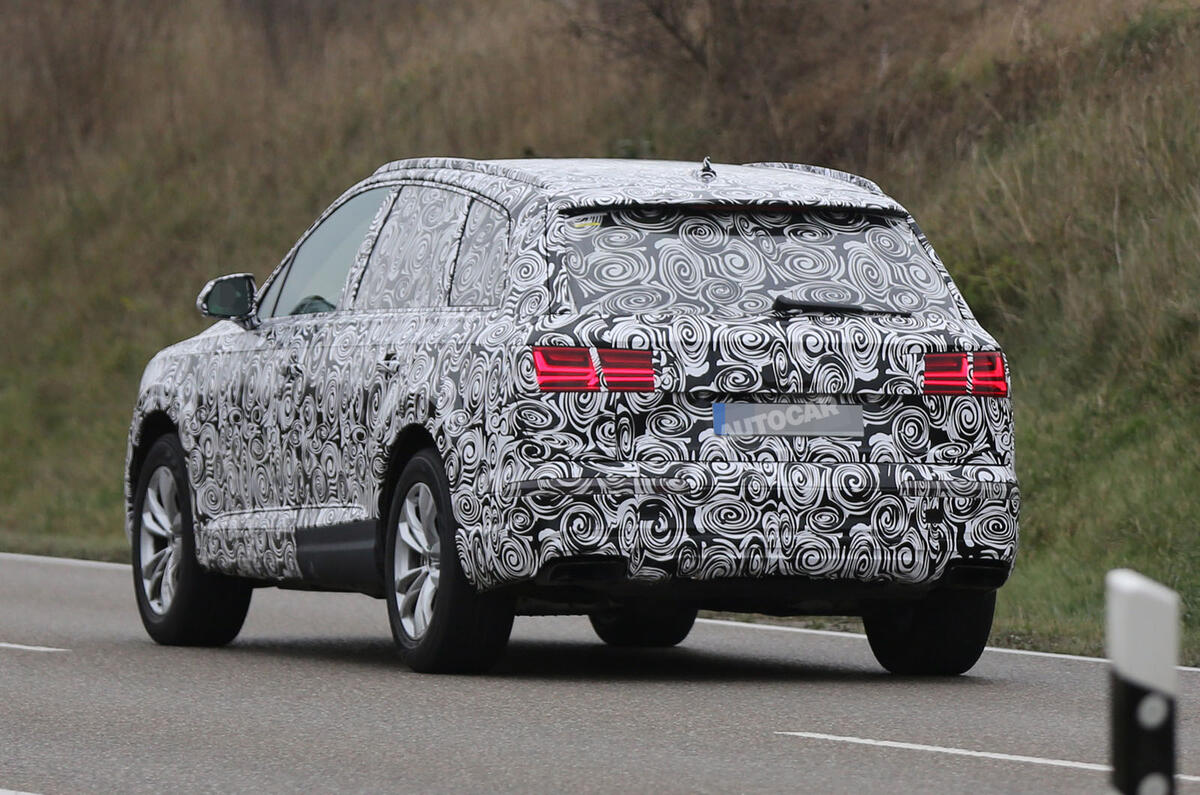
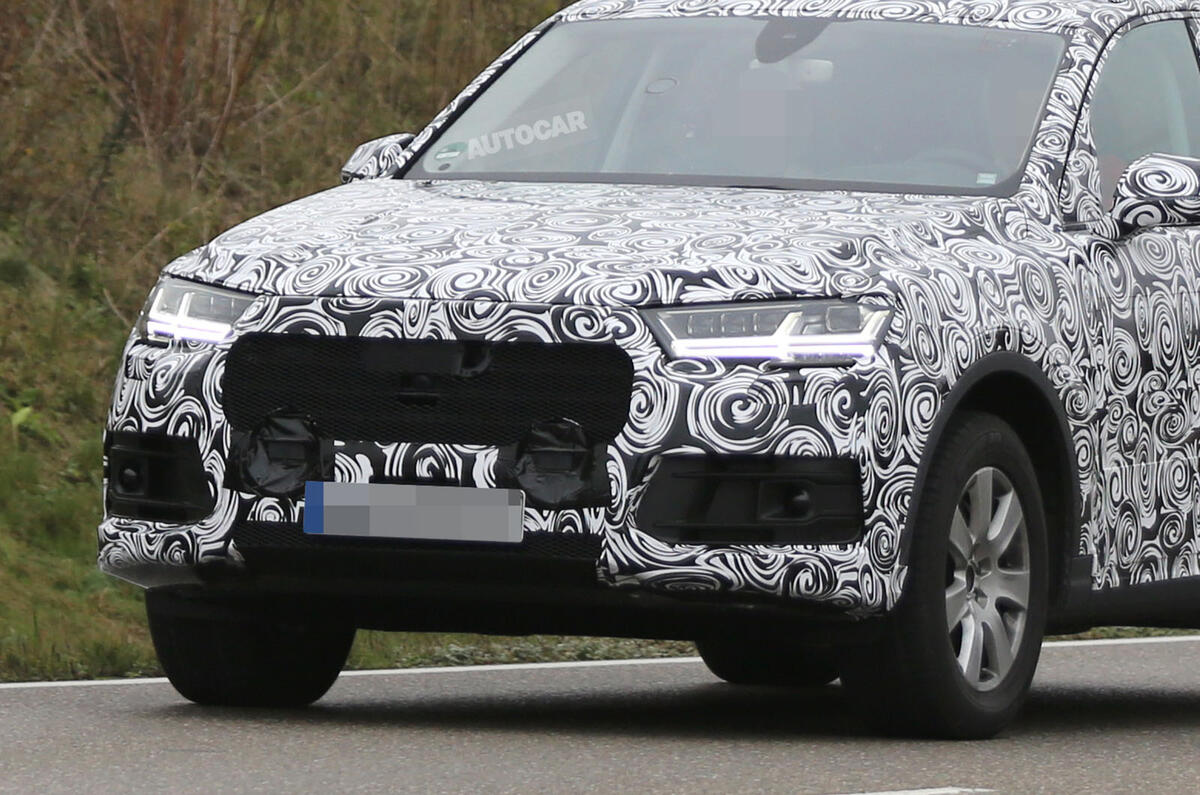
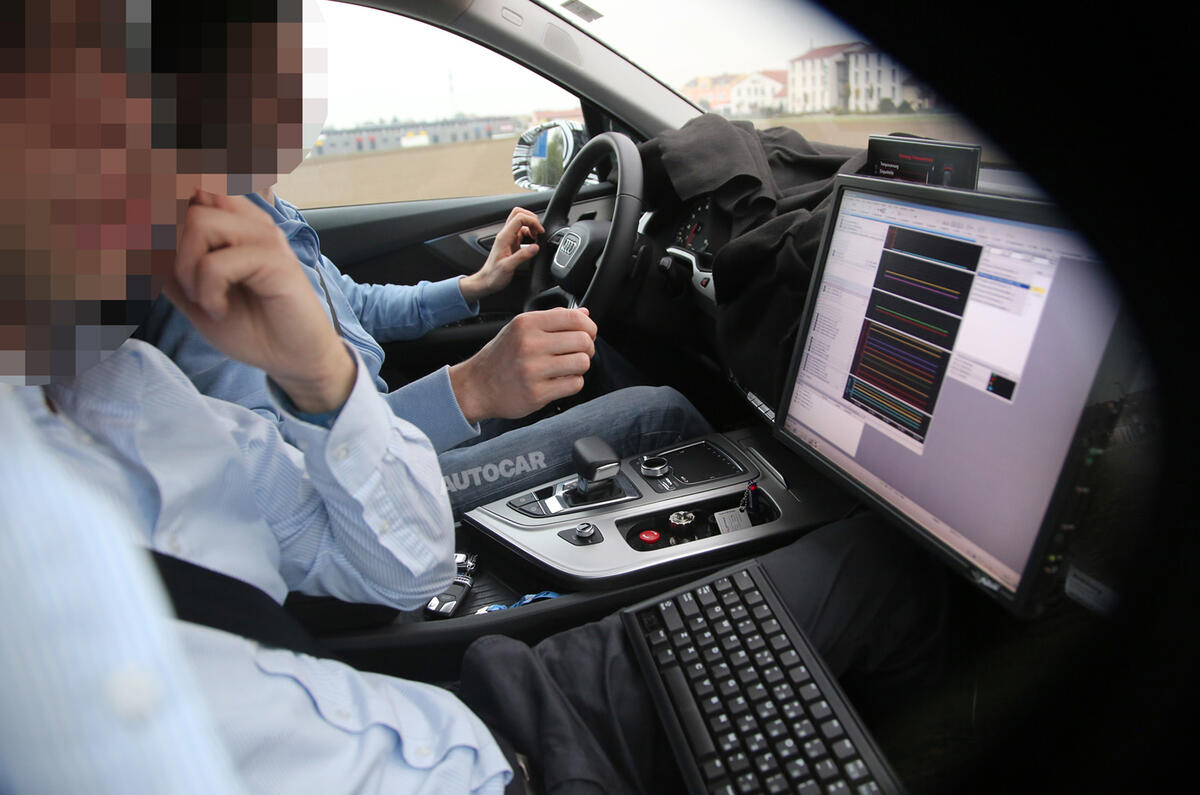
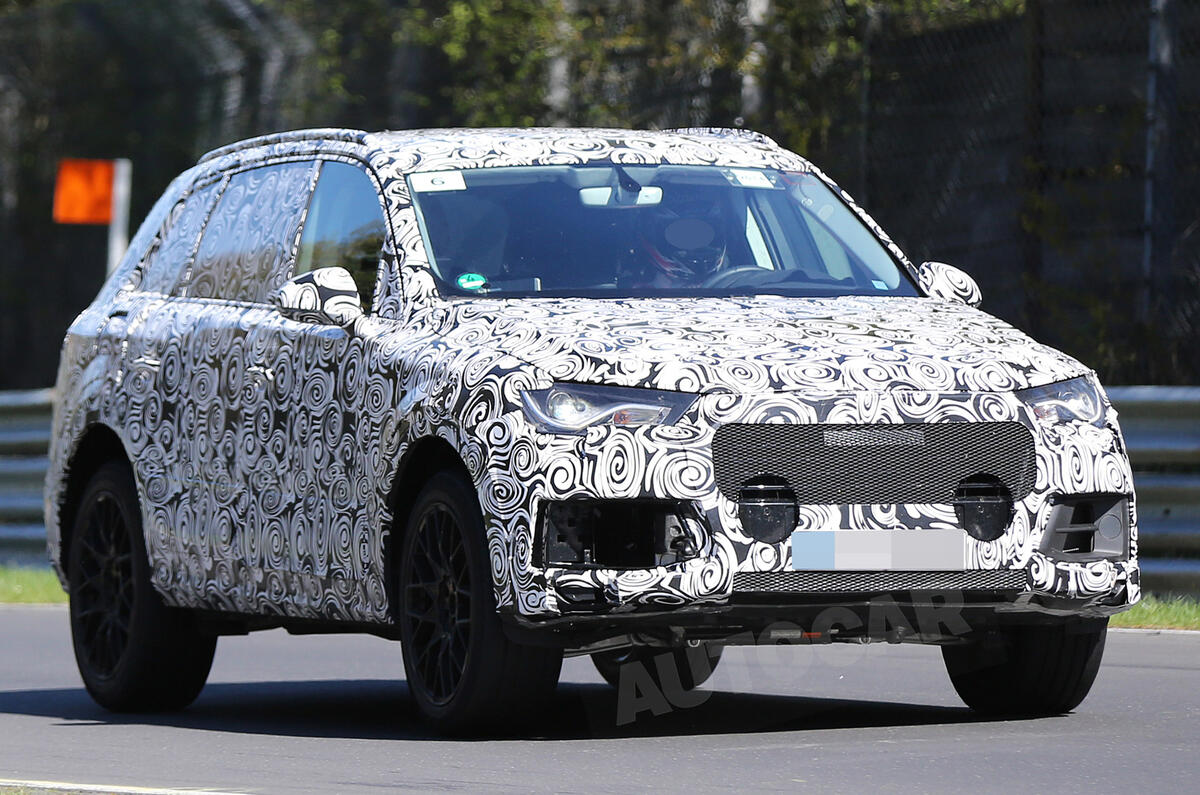
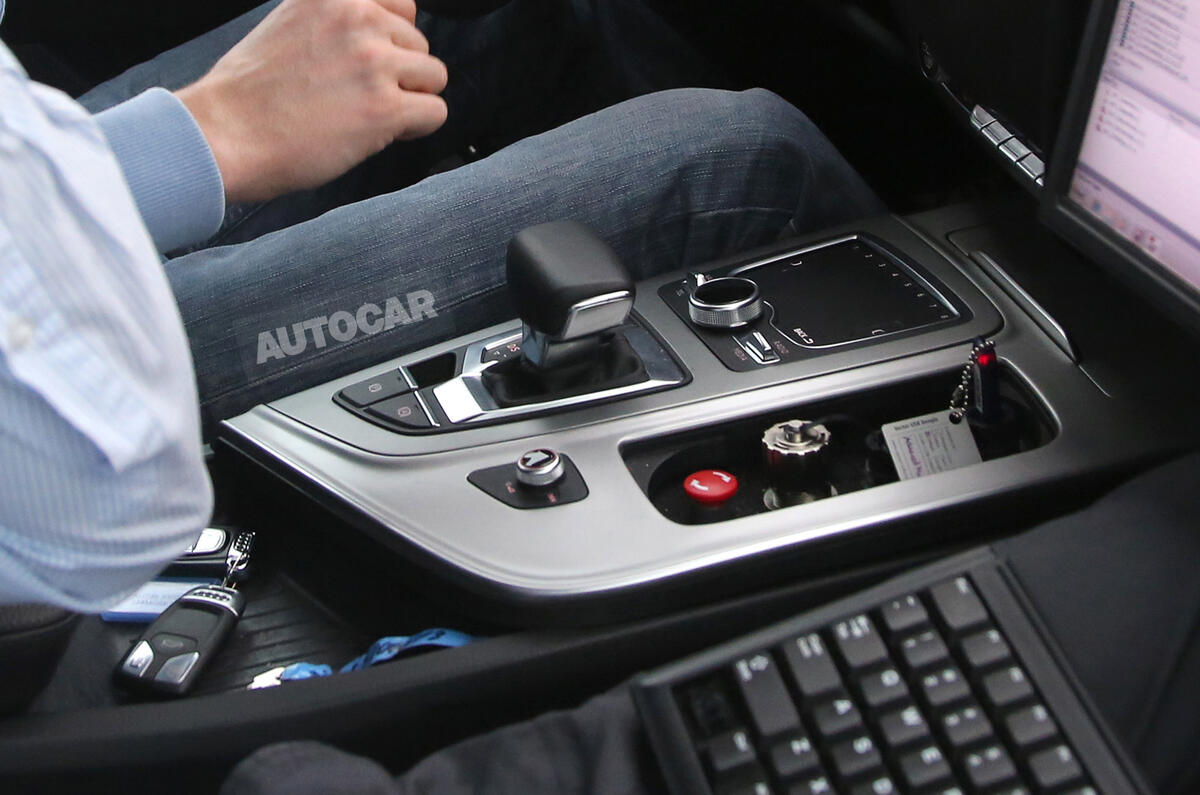
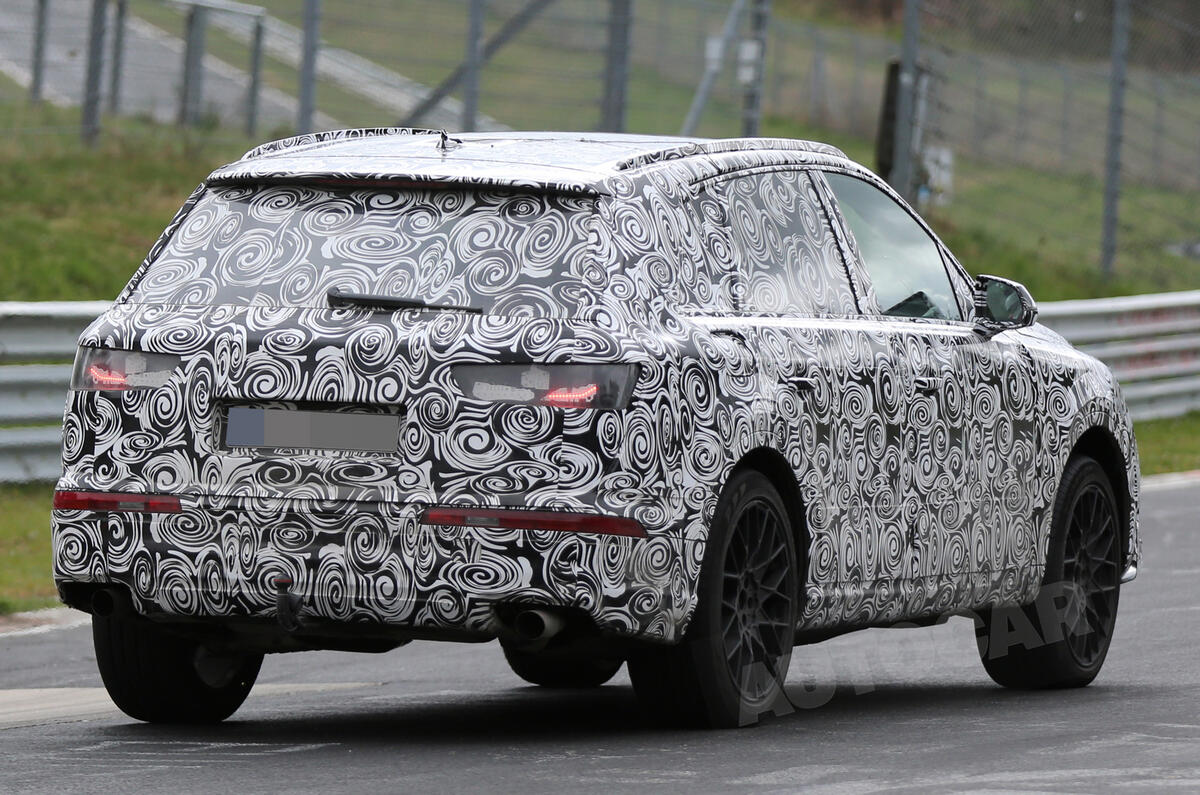

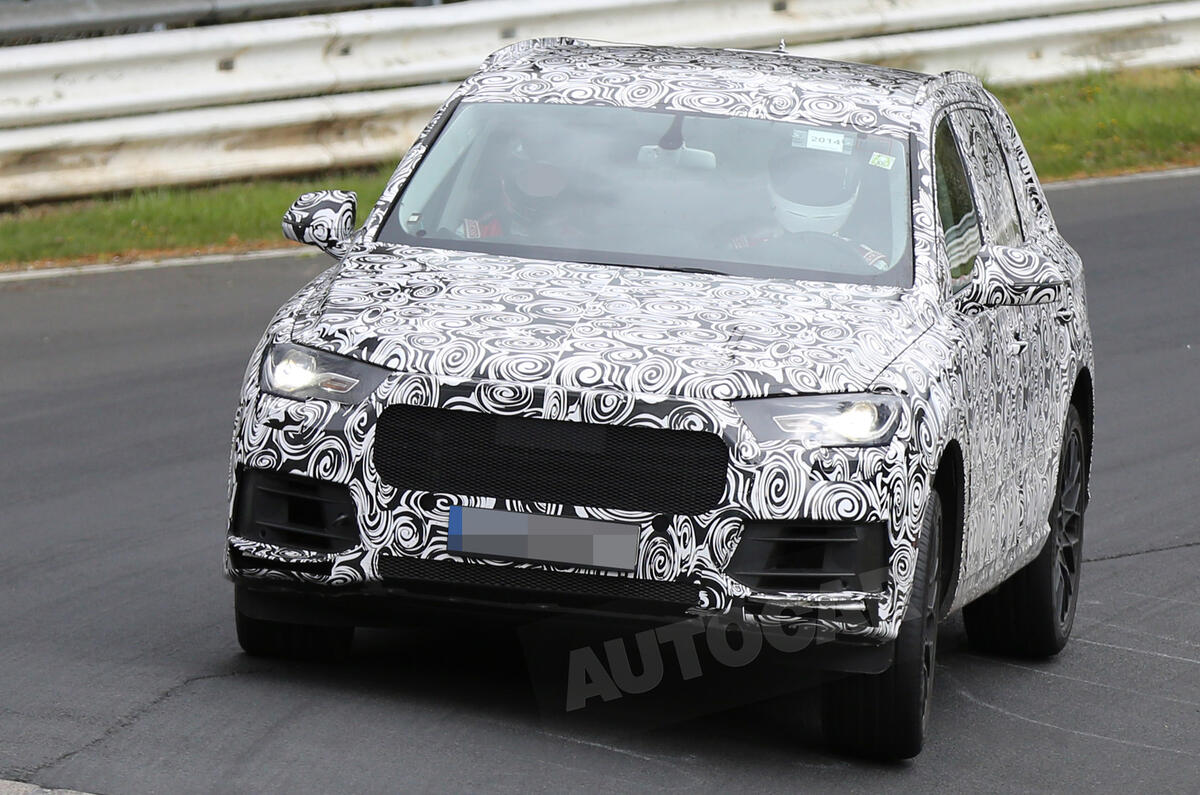

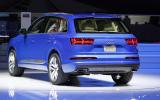
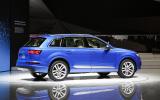
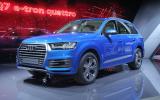
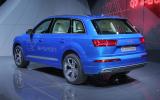
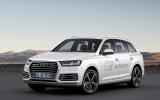
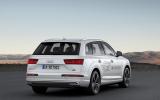
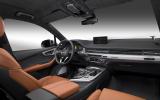

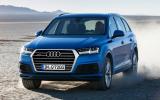
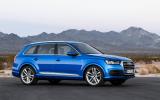
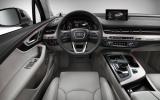
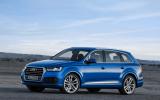
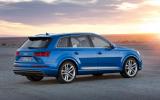
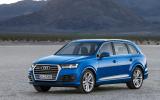
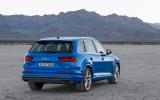
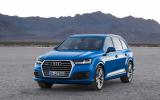
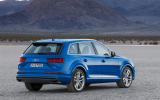
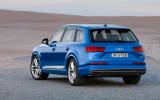
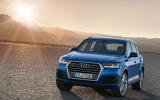
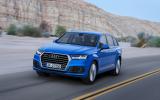
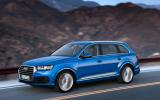

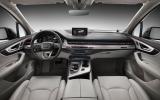
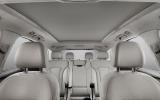
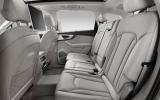
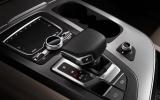
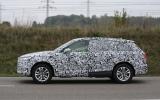

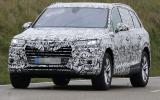
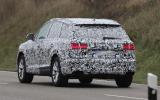
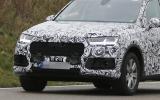
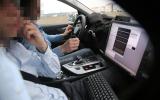
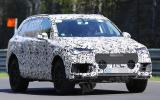
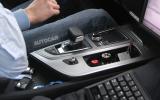
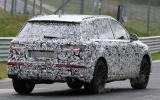
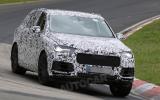
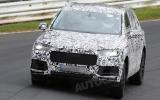



Join the debate
Add your comment
THE SCALES NEVER LIE.
Just 80 kg lactually, according to Autocar's own test figures. Are Audi aping Land Rover's bad example in comparing new V6 diesel models to old V8 diesel ones, weight-wise? And why does Autocar go along with such a charade?
Not improving with familiarity...
Not my cup of tea